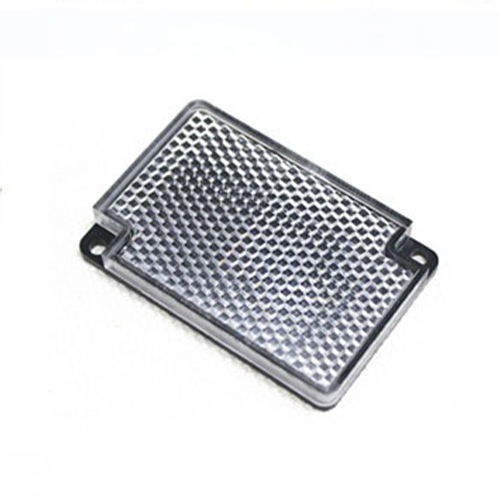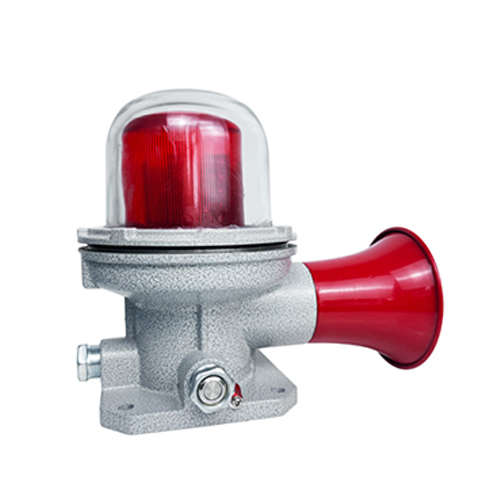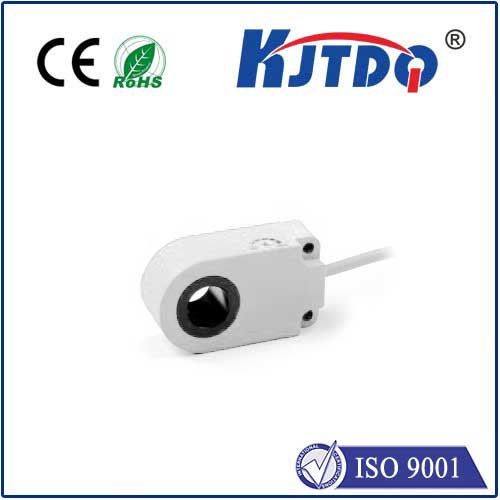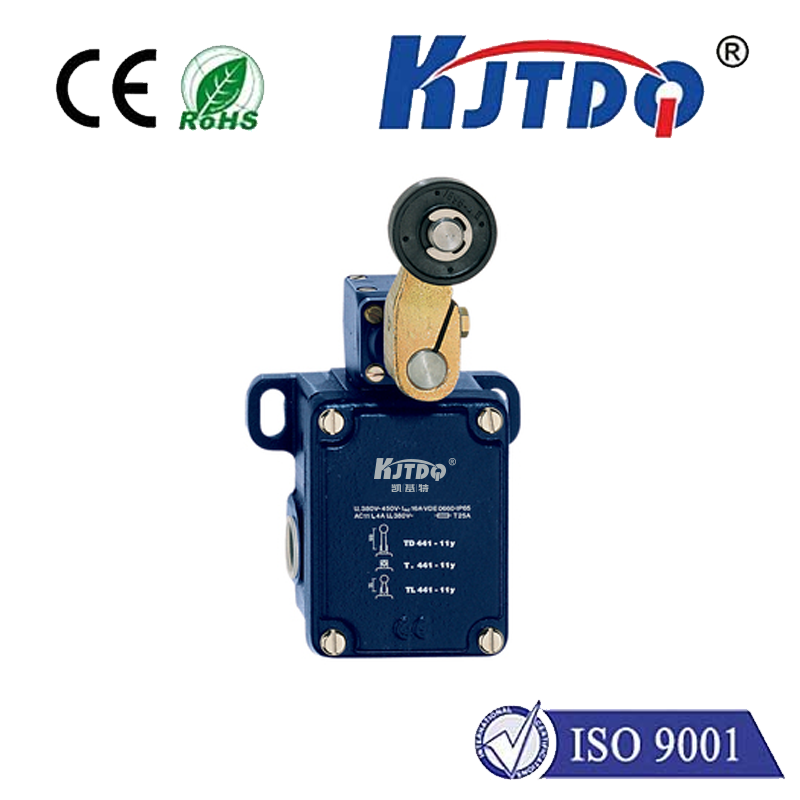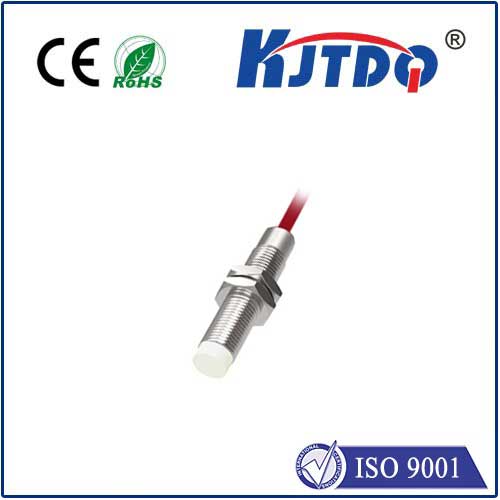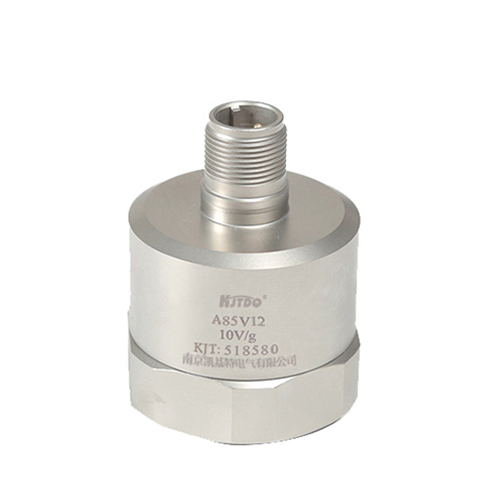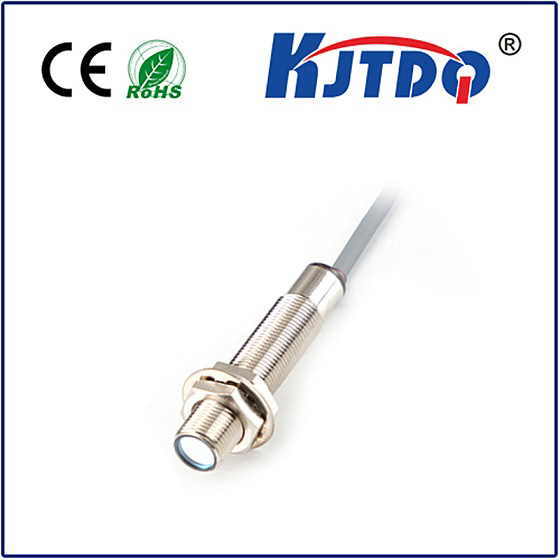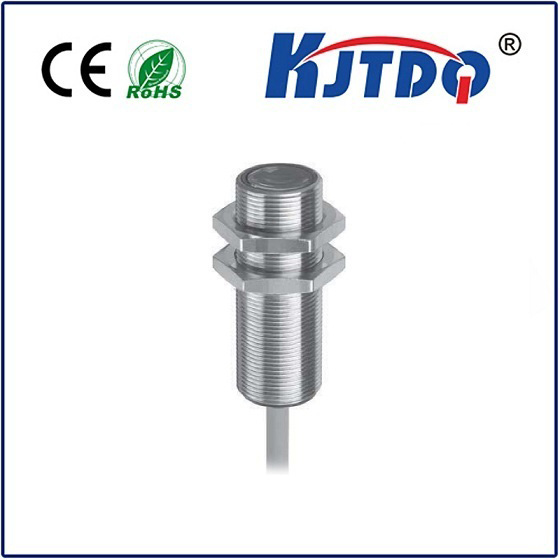

check

check

check

check

check

check

check

check

check

check
Title: Unlocking the Power of Adjustable Roller Lever Limit Switch
In the vast realm of industrial automation and control systems, devices like adjustable roller lever limit switches play a crucial role in ensuring seamless operations. These switches are designed to control the movement of a roller or other mechanical components within a system, providing precise positioning and monitoring of the device's activity. In this article, we will delve into the inner workings of these versatile switches, exploring their unique features, benefits, and applications across various industries.
The adjustable roller lever limit switch is a type of switch that uses a lever mechanism to control the motion of a roller or other object. The lever is connected to the switch via a set of gears or cams, which allow it to move up and down in response to external forces. When the lever is pushed down, it contacts an internal contact point, triggering a signal to the control system. Conversely, when the lever is pulled back up, the contact point is deactivated, allowing the system to resume its operation.
One of the key advantages of adjustable roller lever limit switches is their ability to adjust to different operating conditions. By manipulating the position of the lever, users can fine-tune the sensitivity and responsiveness of the switch, ensuring optimal performance in a range of scenarios. This adaptability makes these switches particularly useful in applications where precise positioning or control is essential, such as manufacturing processes, laboratory equipment, and machinery in the automotive industry.
Another benefit of adjustable roller lever limit switches is their simple construction and low cost compared to other types of switches. Because they rely on basic mechanical principles and do not require complex electronic components or programming, these switches are relatively easy to manufacture and maintain. This affordability makes them an attractive option for companies looking to reduce their overhead costs while still maintaining high levels of reliability and efficiency.
In addition to their practical advantages, adjustable roller lever limit switches also offer a variety of safety features that can enhance worker safety in potentially hazardous environments. For example, some models incorporate built-in protective mechanisms that prevent accidental disassembly or tampering with the switch. Others feature audible or visual signals that alert operators to potential problems or hazards, helping to prevent accidents before they occur.
Despite their many benefits, adjustable roller lever limit switches are not without their limitations. One potential drawback is their limited range of motion compared to other types of switches. Because the lever is connected directly to the roller or object being controlled, it may not be able to move smoothly over large distances or adjust to complex motions. This can be a limitation in applications where precise positioning or smooth operation is critical.
However, these limitations can often be overcome through careful design and selection of appropriate models. Users can select adjustable roller lever limit switches with varying degrees of movement and precision, allowing them to meet the specific needs of their applications. Additionally, by combining multiple switches or incorporating additional sensors or feedback mechanisms into the system, users can create more robust and adaptable control systems that can handle even the most demanding tasks.
In conclusion, adjustable roller lever limit switches play a vital role in ensuring safe, efficient, and reliable automation and control systems across a wide range of industries. With their ability to adjust to different operating conditions, simple construction, and affordable pricing, these switches offer a compelling solution for companies seeking to improve their operational efficiency while minimizing costs. By understanding the unique features and benefits of adjustable roller lever limit switches and carefully selecting the right model for their specific needs, users can unlock the full potential of these versatile devices and achieve exceptional results in their operations.
